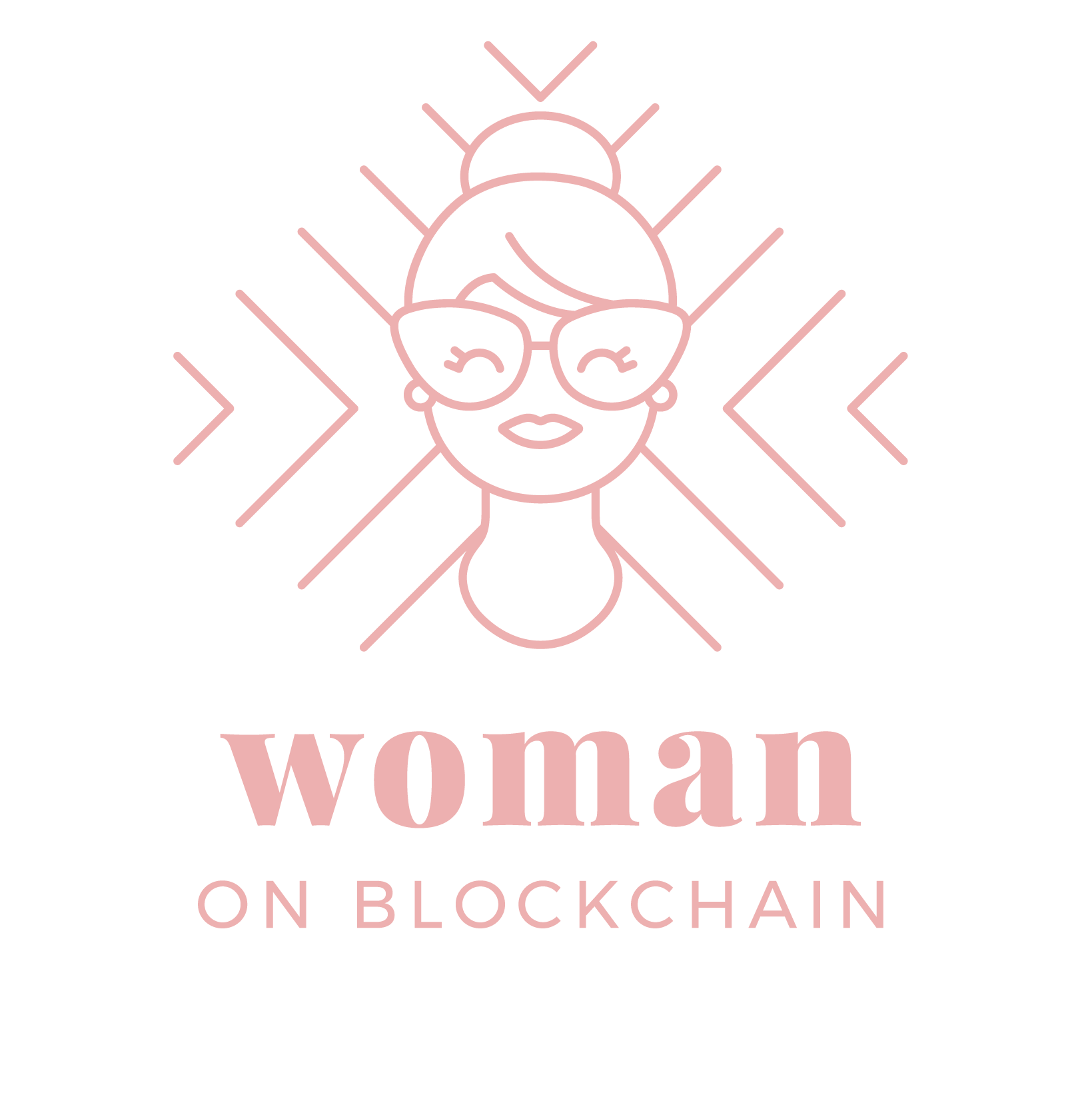When we think about the increased focus on environmental sustainability and human rights in the recent years, the fast segment of fashion industry and its current practices can very often be hugely disappointing. More and more companies are pushed by this fast pacing sector to find cheaper sources of labour and materials what raises concerns about workers safety, child labour, modern slavery, true origin, sustainability and accountability. The fashion supply chains can be extremely complex and it becomes very difficult for companies and fashion brands to control every stage of the production. How can technology such as blockchain have a positive impact on the clothing sector then? Well, this innovative technology has a potential to increase the transparency of supply chains which is the key aspect in addressing these problems.
One of the people striving for positive changes in this industry is Martine Jarlgaard – a Danish designer from London who combines the world of fashion with modern technologies. After having worked with brands such as Vivienne Westwood Red Label, All Saints and Diesel she founded her own company – Martine Jarlgaard London, in which she uses blockchain technology to create the world’s first smart labels.
Martine Jarlgaard in collaboration with the Ethereum-based application Provenance, proves that blockchain can help to build more trust in companies using supply chains, enabling them to provide customers with verified information about the materials, production processes and people behind the products.
Currently, the information about the origin of the product on a label is very limited and often says just as much as “made in …”. Obtaining any other details requires from a consumer bigger research, visiting manufacturer’s website and this still does not give 100% guarantee but only rassurance by a brand. Unfortunately, with less and less confidence in global manufacturers, we expect something more than just trust in what they are saying…
The blockchain based applications like Provenance, on the other hand, in a user-friendly way, allow customers reassurance by providing them with verified information. By equipping each product with a unique ID number or microchips that the consumer can scan, such applications can show each step of the production process, from raw material to finished product along with time stamps and location mapping at each stage . All of this is possible thanks to blockchains’ immutability providing probably the highest standard of security that can currently be achieved – as it is almost impossible that any information recorded there can be tampered, altered or reversed.
So when we are shopping it is through this process of clearly marking the origin, contents of products and their production process that we are able to make more informed decisions before we even reach for a wallet.
Another important aspect is also the fact that we can include all the people involved in the production process. This allows to create a digital history of an item’s journey, which brings to light the work and input of people and processes that we usually are not aware of when buying the final product.
“I have to say I’m completely in love with this technology because it really allows you as a brand to tell more of a story. The connection that you create with the end consumer is really valuable because you tell the story and you also give credit to all the people involved in this process.” — Martine Jarlgaard.
While technologies for monitoring supply chains already exist, the distributed nature of blockchain technology allows for better credibility of these processes. Subscriptions cannot be changed, lost or destroyed; If the supplier, for example, attempts to change the order a robust record of the original information will still be available on the blockchain. Such verification allows you to obtain more reliable and up-to-date information than through normal audits, which companies carry out at most several times a year.
Designers and brand owners can also use blockchain to improve the protection of the brand’s property. The authenticity of branded merchandise verified on a blockchain would be easily checked by brand owners, retailers and consumers, thereby reducing the scales of “counterfeits” and fraud – even if they are sold second-hand or via online agents.
The technology is of course not limited just to the fashion industry and can be applied to most supply chains. So will blockchain monitored supply chain become a common tool for each industry then? The current increase in consumer awareness and expectations may force companies to consider this sooner than we think and thus, create a completely new ecosystem based on greater transparency and loyalty.


